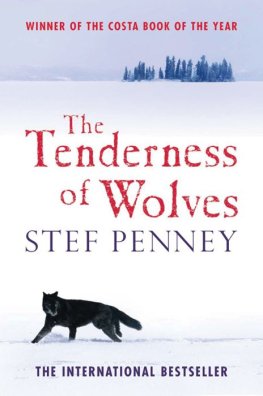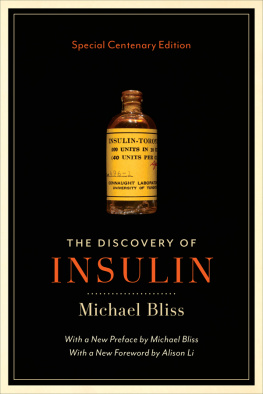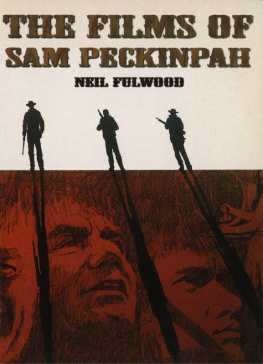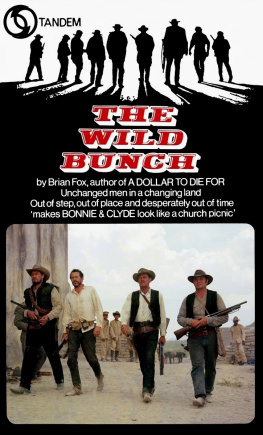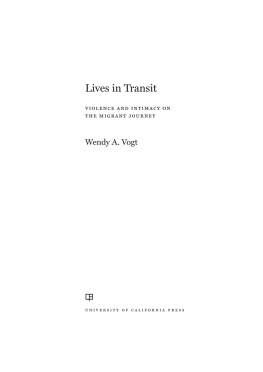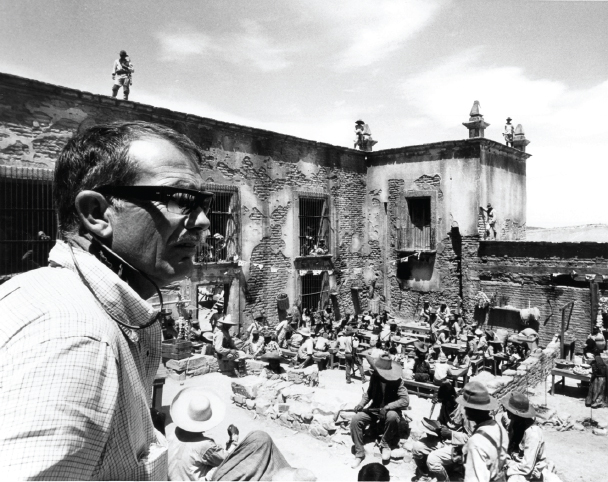
A Uniquely American Epic
A Uniquely American Epic
Intimacy and Action, Tenderness and Violence in Sam Peckinpahs The Wild Bunch
Edited by Michael Bliss
Due to variations in the technical specifications of different electronic reading devices, some elements of this ebook may not appear as they do in the print edition. Readers are encouraged to experiment with user settings for optimum results.
Copyright 2019 by The University Press of Kentucky, except as noted in the following: Introduction: The Wild Bunch at Fifty and Justified copyright 2019 by Michael Bliss; Through a Glass, Darkly: Sam Peckinpahs The Wild Bunch copyright 2019 by Garner Simmons; Originality and Convention: The Wild Bunch as a Western copyright 2019 by Paul Seydor.
The University Press of Kentucky
Scholarly publisher for the Commonwealth, serving Bellarmine University, Berea College, Centre College of Kentucky, Eastern Kentucky University, The Filson Historical Society, Georgetown College, Kentucky Historical Society, Kentucky State University, Morehead State University, Murray State University, Northern Kentucky University, Transylvania University, University of Kentucky, University of Louisville, and Western Kentucky University.
All rights reserved.
Editorial and Sales Offices: The University Press of Kentucky
663 South Limestone Street, Lexington, Kentucky 40508-4008
www.kentuckypress.com
Frontispiece: Sam Peckinpah on the set of The Wild Bunch
(Alamy Images, Warner Bros./Seven Arts).
Library of Congress Cataloging-in-Publication Data
Names: Bliss, Michael, 1947 editor.
Title: A uniquely American epic : intimacy and action, tenderness and violence in Sam Peckinpahs The wild bunch / edited by Michael Bliss.
Description: Lexington : University Press of Kentucky, 2019. | Series: Screen classics | Includes bibliographical references and index.
Identifiers: LCCN 2019025464 (print) | LCCN 2019025465 (ebook) | ISBN 9780813178141 (hardcover) | ISBN 9780813178158 (ebook) | ISBN 9780813178165 (epub)
Subjects: LCSH: Wild bunch (Motion picture)
Classification: LCC PN1997.W536133 U55 2019 (print) | LCC PN1997.W536133 (ebook) | DDC 791.43/72dc23
LC record available at https://lccn.loc.gov/2019025464
LC ebook record available at https://lccn.loc.gov/2019025465
This book is printed on acid-free paper meeting the requirements of the American National Standard for Permanence in Paper for Printed Library Materials.

Manufactured in the United States of America.
| Member of the Association of University Presses |
For my wife, Christina Banks, with all of my love. Always.
Contents
Cordell Strug
Michael Bliss
Michael Sragow
Garner Simmons
Jerry Holt
Kathryn Jones
W. K. Stratton
Steve Vineberg
Grard Camy
Paul Seydor
Michael Bliss
Foreword
It was like walking into the Globe Theatre expecting another revenge tragedy and seeing Hamlet. It was like picking up a thin book of stories you hadnt seen before and finding the grim, compressed paragraphs of In Our Time. You were there because you liked the actors and felt comfortable with them. Maybe you were there because youd studied film a little and youd heard the director was interesting, or maybe you just liked Westerns. Then the jangling, shifting music prodded you into alertness, and soon you fell into an exhilarating and appalling dream of violent lives and fatal choices. You were seeing The Wild Bunch for the first time, and it really wasnt like anything else.
Fifty years later, those of us who loved this movie from the start might rejoice in its recognition as a classic. Yet the veneration we think we ought to give classic works of art seems more than usually out of place here, laughably tame. The Wild Bunch remains a restless creation by a troubled artist, still having the power to thrill and to repel. Both creator and creation dwell uncomfortably among the Generally Acknowledged Great.
And yet there is something like a classical serenity within this furious creation, a place of stillness where the passions of memory and regret hold us in baffled wonder and stir us to contemplation. It opens to us in the films silent moments: when characters search each others faces, when they brood on the past or stare into a future darkness, when Thornton hovers wearily over the massacres, and in the long, swelling moment when Angels throat is cut, Mapache is killed, and warriors and watchers gather up in themselves what has been and what will be.
With its power to mesmerize and to provoke, The Wild Bunch still gathers watchersas well as disciplesto itself: keeps us enraptured, keeps us brooding and puzzling over its images and clashing destinies. It lives with us as a kind of talisman, the gift of a desperate pilgrim we cant turn from or refuse.
Cordell Strug
Introduction
The Wild Bunch at Fifty
The life of most films is astoundingly short, sometimes only a month or so, but director Sam Peckinpahs The Wild Bunch endures. It does so not just because of its innovative editing, great performances, stirring music, and evocative tone but primarily because of its powerful, seemingly unmediated depiction of violence, regret, and the challenge of acting ethically in the face of what often seems to be universal meaninglessness. At a time when senseless acts of violence leave many people feeling confused and hopeless, The Wild Bunch holds out the promise of a redemptive moment but not before investigating aggressive behavior and our potential complicity with it, issues that are more significant today than when the film was first released on June 18, 1969.
Peckinpah once said that the film was a simple story about bad men who go to Mexico.machine-gunned to death in slow motion, often cited as foreshadowing a comparable technique in Peckinpahs film, is tame compared to The Wild Bunchs opening and closing shootouts, not just in terms of duration but more importantly because it doesnt link up with any other types of violence (social, personal, political) in the film, a quality that The Wild Bunch has. The Bonnie and Clyde death scene plays like an isolated incident. The slaughters in The Wild Bunch are extended ruminations on how alienating and emotionally deadening such behavior can be.
If we search through American films released in 1969, The Wild Bunch seems most closely associated with two other films: director Sydney Pollacks They Shoot Horses, Dont They? and writer-director Haskell Wexlers Medium Cool. Despite its predictable story, the former films pessimistic portrayal of a grueling dance marathon in the 1930s highlights the desperation caused by the Depression and portrays what some people are compelled to do for money, going on to graphically show us that regardless of your best efforts, the American economic system is rigged against you, an observation dramatized in the economic desperation behind some of the Bunchs activities. The strongest link between
Next page

